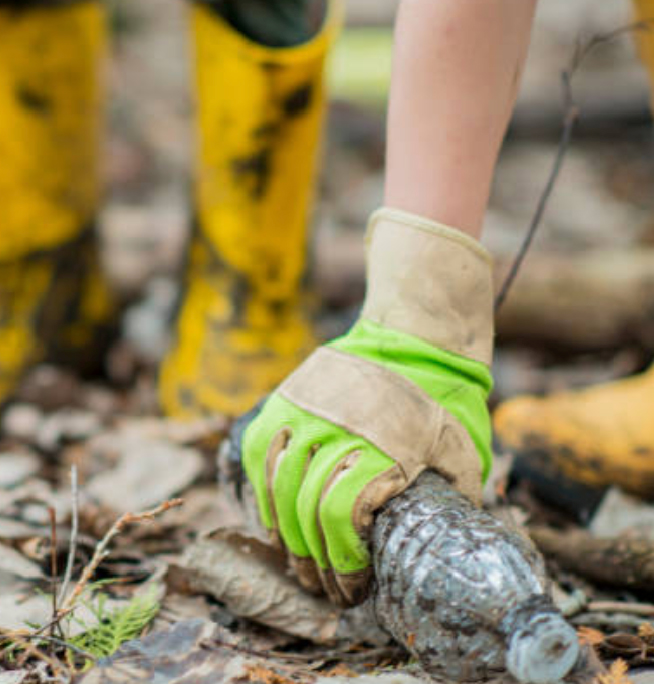TriMet: Transit Agency Takes an Innovative Approach to Sustainability
27/2/18

TriMet provides bus, light rail and commuter rail service in the Portland, Oregon, region, with a service boundary of more than 500 miles. Our riders use TriMet to get to jobs, educational facilities, recreational opportunities and other destinations throughout the region.
As one of the fastest growing cities in the United States, we’re making investments to make transit more sustainable. Here’s how our groundbreaking sustainability initiatives are setting new standards for public transit and the communities we serve.
The 7.3 mile (11.74 km) Portland-Milwaukie Light Rail Transit Project opened in September 2015, as the MAX Orange Line, the region’s fifth light rail line. The project took an industry-leading approach to sustainable design and leveraged infrastructure to apply sustainable practices, environmental improvements, and human-scale design.
Throughout the planning, design and construction of the Orange Line, community members and other stakeholders were consulted extensively regarding sustainability initiatives. The project’s Citizens Advisory Committee and interest groups, including tribal nations and bike-pedestrian advocacy groups, were involved in planning and design discussions.
The following sustainability initiatives were successfully integrated into the Orange Line. TriMet hopes treatments piloted for the Orange Line become the standard for future projects.
- Eco-track
The Lincoln St/SW 3rd Ave Station includes 4,204 square feet of eco-track. Although green trackways exist in Europe, this is a first for Portland and the only known treatment in the United States. Eco-track helps reduce train noise and vibration. - Eco-roofs
Eight structures were built with eco-roofs. Eco-roofs, a layer of vegetation and soil on top of a building, help divert stormwater, improve building insulation, absorb CO2, lower urban air temperatures and filter dust and harmful pollutants out of the air. - Net Zero Park & Ride
Project partners and community members came together to create this innovative parking garage, which includes a restored surrounding habitat, electric vehicle charging stations and solar panels that offset the facility’s operating functions, allowing the building to achieve net zero energy usage. The building’s stormwater is collected and treated onsite.
- Solar cells
Solar panels are incorporated on the roofs of most of the Orange Line platform shelters. The bi-facial panels generate electricity from both sides, taking advantage of both direct and ambient light. The solar panels will help offset the power usage required at stations. - Stormwater Treatment
Bio-swales, stormwater planters and rain gardens were incorporated as much as possible along the Orange Line. Two-hundred and fifty two curbside facilities and 34 other swales and basins capture and filter stormwater. - Regenerative energy storage
A super capacitor at the Tacoma St/Johnson Creek Station stores energy from braking trains and feeds it back to other trains for acceleration or uphill climbs. This will be the first supercapictor in the United States to harness regenerative energy for light rail, though we’ve been using forms of this technology since 1997. - Active transportation improvements
Transit ridership depends on the integration of pedestrian, bike and mobility device access to station areas. More than $65 million was invested in bicycle and pedestrian improvements, including 446 new bike parking spaces and approximately 10 miles of new or replaced sidewalks and nearly eight miles of new or replaced bicycle facility improvements. - Habitat restoration
Improving the urban natural environment and finding ways for the infrastructure to interact with ecosystems in a positive way was a project priority. Approximately 3,325 trees were planted along the light rail line–nearly four times as many as were removed. The carbon sequestration provided by these trees is equivalent to capturing the annual greenhouse gas emissions from approximately 20 passenger vehicles.
The Orange Line piloted new technologies and leveraged infrastructure to apply sustainable practices, environmental improvements, and human-scale design. Using knowledge gained during design and construction–and documented during the reporting process–TriMet plans to expand these principles into future projects and to encourage further uptake by sharing knowledge with agency and industry partners around the world.